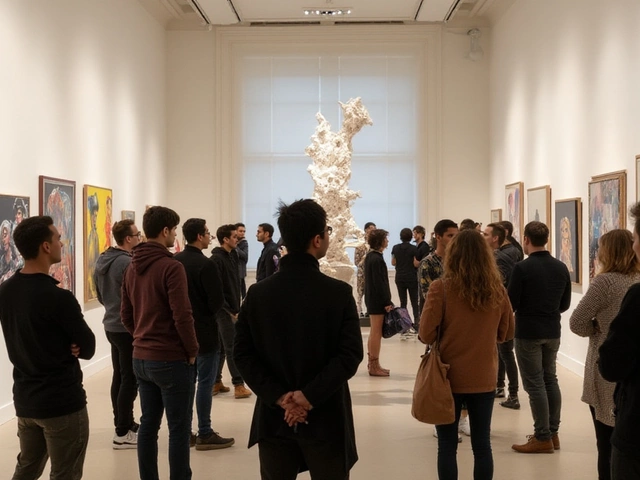Art Exhibition Submission: How to Get Your Work Into a Show
When planning an Art Exhibition Submission, the process of presenting your artwork to a gallery or venue for possible inclusion in an upcoming show. Also known as exhibition entry, it requires a clear understanding of the rules, the audience, and the goals of the host. A successful submission often starts with a well‑crafted Artist Portfolio, a collection of your best pieces that shows your style, range, and technical skill. Equally important are the Gallery Guidelines, the specific requirements a space sets for dimensions, formats, and documentation that every applicant must follow. Finally, a thorough Curatorial Review, the evaluation by the venue’s curators or jurors decides whether your work fits the show’s concept.
Key Elements of a Strong Submission
A strong art exhibition submission begins with a portfolio that tells a story. If you work in a challenging style—like the hardest modern art forms—showcasing a few finished pieces helps jurors see your skill level quickly. Include high‑resolution images, brief captions, and any awards or press mentions. For artists who sell prints on platforms like Etsy, adding a note about popular print sizes can demonstrate market awareness and boost credibility.
Next, match your work to the gallery’s guidelines. Most venues ask for a PDF that lists dimensions, medium, and price range. Double‑check format requirements: some prefer JPG, others need TIFF files. When the guidelines call for a statement, keep it concise and focused on how your piece fits the show’s theme. Referencing relevant concepts—like the rule of thirds in portrait painting or color choices for landscapes—shows you understand compositional basics the curators value.
The curatorial review isn’t just about technical skill; it’s about fit. Curators often look for a clear concept, a fresh voice, and relevance to current art conversations. If your work engages with street art’s social purpose or explores abstract rules, mention it in your artist statement. This helps the reviewer see the dialogue your piece will create with the audience and other works in the show.
An effective exhibition proposal includes a timeline, installation plan, and any special requirements (e.g., lighting, wall mounting). Mentioning past exhibition experience—like showing in a local gallery or participating in a community art festival—adds weight. If you’ve created digital prints or turned paintings into high‑quality giclée versions, note the production process; it assures the venue that you can deliver ready‑to‑hang works.
Don’t forget the business side. Knowing the average price range for comparable art prints or sculptures helps you set realistic expectations. If you’ve researched valuable art prints and understand what collectors look for, you can price your work competitively. Mentioning any artist fees you’ve received from museums or galleries signals that you’re familiar with professional standards.
Below you’ll find a curated collection of articles that dive deeper into each of these steps. From building a standout portfolio to mastering the fine details of gallery guidelines, the posts provide practical advice you can apply right away to improve your chances of a successful art exhibition submission.

A step‑by‑step guide that shows artists how to prepare, research, submit, and secure a spot in an art exhibition, with tips, checklists, and common pitfalls.





